Most commonly used painting surface nowadays is canvas. It is very practical and light, even if you are painting on larger formats. Also, it is very easy to transport since you can simply remove it from stretchers and roll it up.
Since there are a lot of different types of canvas question is how to choose the right canvas for your painting. We will give you a few pointers to what to look at when you are purchasing a canvas, and we hope we will manage to make that difficult job a bit easier for you.
The first artist canvases were made from high-quality Venetian hemp sailcloth, soon after canvas made from linen was introduced and cotton is a more recent choice of fibre since it is most commonly used and it is much cheaper and still a good painting surface when it is properly primed.
Whether you are stretching your own canvas or buying stretched canvases, there are many types of canvas fabrics to choose from.
Depending on the fabric you chose, its weight and the way the canvas is prepared you will have a different painting experience so you better make sure that you are buying the right canvas for you.
What characteristics you need of your surface will determine which type of fabric you will choose. The weight of the fabric, the material it is made from and the surface preparation, in different combinations, will each give a different outcome.
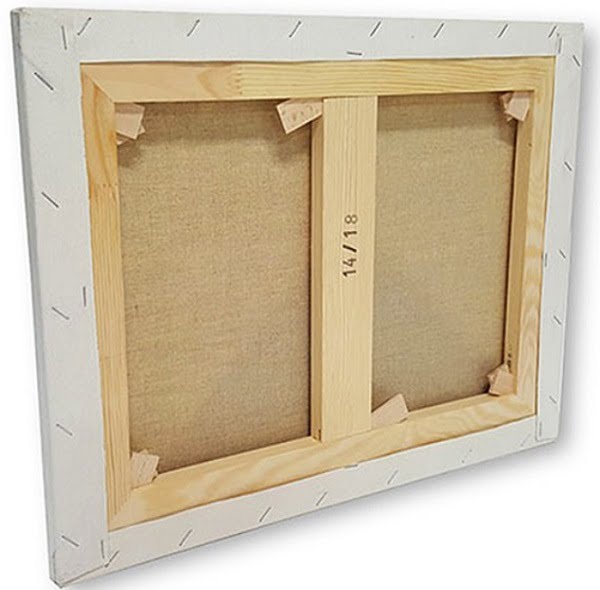
Things to consider when choosing which canvas to paint on
Material
Two main fiber types used for the production of artist canvas are cotton and linen. Cotton is cheaper since it is easier to produce and has much wider general use.
Cotton
Cotton might be economical, but it is not as strong as linen and not as durable as linen. It is easy to stretch cotton and with right priming it stays tight on the stretcher bars. All this makes cotton very attractive as a painting surface to students and beginners.
Depending on the weight of the fabric, priming and the type of paints you use, it can happen that the cotton canvas gets a bit loose and you need to re-stretch it in time. If linen canvas is properly stretched and primed, this will never happen to it.
Linen
Linen is made from flax and it is stronger than cotton because it has longer fibres. It is less likely for linen canvas to tear at the staple line or at the sharp outside corner of the stretcher bar and once you properly stretch it and prime it, it gives you an amazingly tight surface to paint on.
You can use finer and thinner linen for the same strength as heavier cottons. Since linen is stiff, it makes it harder to pull when stretching and you need to take care to keep even tension across the canvas or it can ripple along the edges later.
Some artists choose to buy ready-prepared linen canvases because linen has a reputation for being much more difficult to stretch than cotton.
Linen is more expensive than cotton, partly because cotton canvas is much more common and there are many non-art uses for it, so the lower price is a result of the marketplace.
There is professional quality artist cotton canvas as well, which is more expensive because it has a much smaller market demand.
Linen also costs more than cotton because it takes many more steps to process the flax fibres and because its inelasticity makes it harder to weave into fabric.
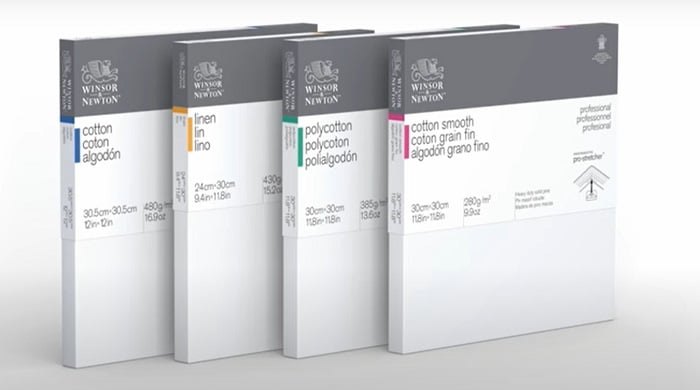
Weight
Another thing you should take into consideration when you are purchasing your canvas is the weight .
The heavier the weight, the more tension the canvas fabric can take without tearing, so for very large stretched canvases you might wish to choose a heavier canvas.
Weight is how much fabric there is per area, so it is determined by thickness of the thread used to weave and how tightly it is woven.
A rough canvas can be loosely woven so it could be lighter weight than a fine canvas that is tightly woven. But usually it is a thick thread that makes a heavy canvas, and a thin thread that makes a light canvas.
Weave
Once you choose the fibre type, you also need to consider the weight and the texture of the weave.
The weight of the canvas is measured in grams per square meter (gsm) or ounces per square yard (oz). If the yarn is thick or tightly woven, the linen has a heavy weight.
If the yarn is thinner, and the linen has an open weave, it is lightweight. Lightweight linens are easier to stretch and are more responsive to tightening procedures. The lighter weight canvases are usually used by artists who drawing.
A fine canvas has minimal texture and can be almost smooth, while a rough canvas has a very pronounced weave.
The choice of no grain, extra-fine, fine, medium, rough and extra-rough texture in a canvas affects the feel of painting and the final appearance.
A smooth texture is important to portrait painters since rougher texture can distort the appearance of skin, so extra-fine linen canvas is sometimes even called Portrait Linen.
When you see the terms ‘super fine’, ‘extra fine’, ‘fine’, ‘medium’ and ‘rough’ they refer to the texture of the weave, not the weight.
Texture does not determine the weight. Canvas can be lightweight with a rough or medium texture or a heavier weight with an extra-fine texture.
Conclusion
Whether you are purchasing already prepared canvas or you want to stretch it and prime it yourself, things said above are really important to take into consideration since as we said the final appearance of your painting depends on the surface you paint on.
If you have any questions or need any help, feel free to leave them in the comment section and I will be happy to help any way I can.

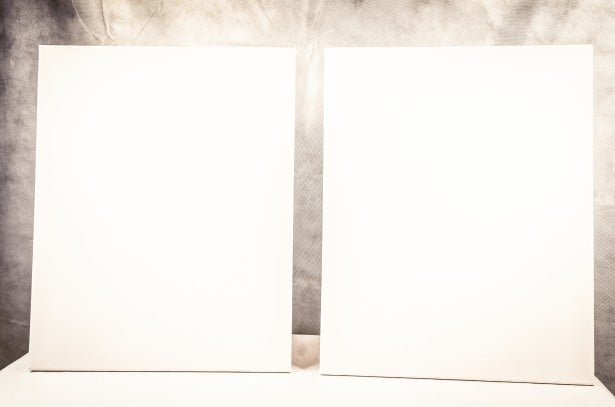
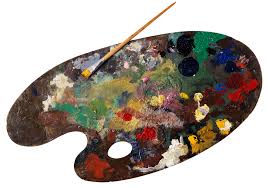
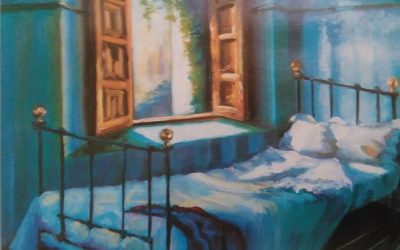
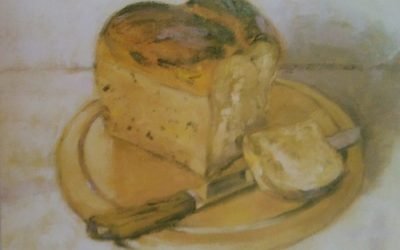
0 Comments